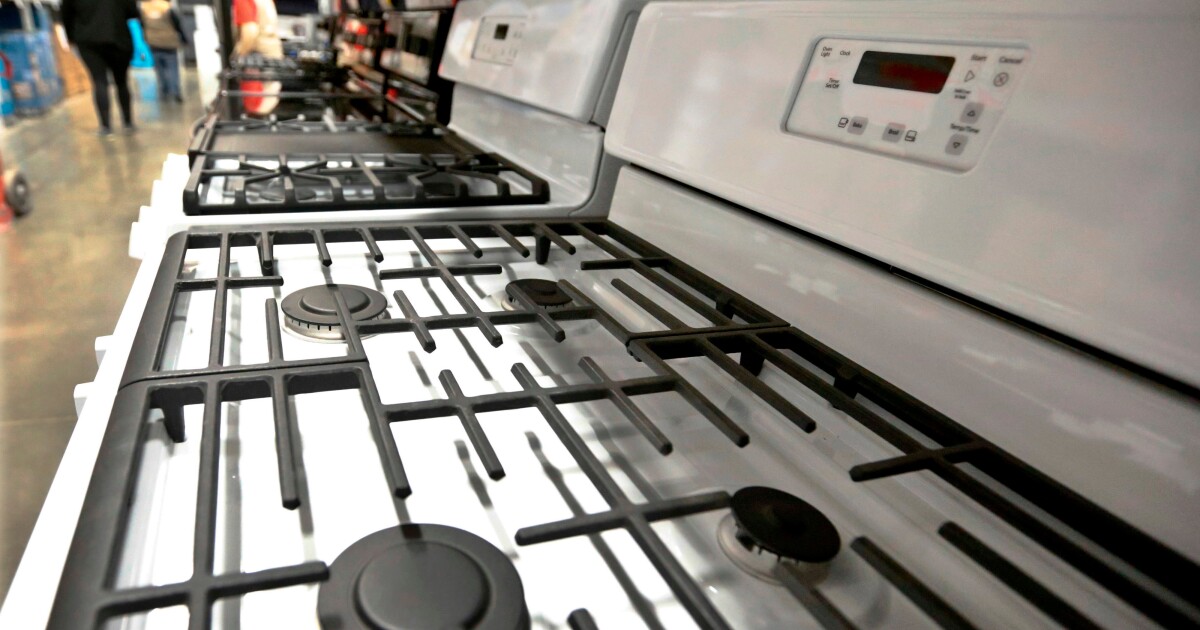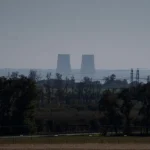

The Department of Energy ‘s proposed conservation standards for new cooking devices would remove from the market about half the gas stove models used by consumers, the agency said in a new memo, igniting fresh controversy over the popular household appliance.
In its filing, the department noted that just 40% of gas stoves in the U.S. today would meet the criteria outlined in the proposed rule
, which seeks to increase energy efficiency and reduce indoor air pollution generated by the popular appliance.
ONE YEAR AFTER RUSSIA’S INVASION OF UKRAINE: AN ENERGY WAR AND MASSIVE DISRUPTION
That means that at least half of U.S. stoves would not be eligible for repurchase in stores if the rule were to come into force today, the department said.
“Every major manufacturer has products that meet or exceed the requirements proposed … including nearly 50% of the current gas cooktop market that will not be impacted by this proposal,” a department official told the Wall Street Journal earlier this month.
Officials have stressed that the proposed rule would not take effect for another three years if finalized.
The proposed rule-making would set new efficiency standards for both electric and gas cooking tops, preventing them from exceeding set levels of energy use per year. (For gas stoves, this would be set at 1,204 British thermal units, or BTU, per year.)
It would also require both gas and electric stoves to meet certain efficiency standards in their design, including utilizing an optimized burner and improved grates. Additionally, it would ban any new stoves that use a “linear” power supply and extend an existing ban on products with a constant-burning pilot light.
The metrics used would not attempt to limit stove usage when they are installed and in use, a department spokesperson emphasized.
Still, these details would likely do little to assuage U.S. consumers, who went to bat so heavily for the appliances last month over a Consumer Product Safety Commission member saying the agency would seek to ban them. The commission chairman was later forced to say that no ban was in store.
Gas stoves are used in roughly 40% of U.S. homes and are favored by many cooks. They have also been found to emit higher air pollutants such as nitrogen dioxide, carbon monoxide, and other particulate matter at levels deemed unsafe by the EPA and WHO.
Still, the Biden administration has made energy efficiency a priority and has introduced more than 100 energy efficiency rules to date.
In a notice of proposed rulemaking filed with the Federal Register, DOE said it has “tentatively concluded” that the proposed standards represent the maximum improvement in energy efficiency that is technologically feasible, economically justified, and would result in the significant conservation of energy.
CLICK HERE TO READ MORE FROM THE WASHINGTON EXAMINER
Energy savings from the rule would improve the security and reliability of the nation’s energy system
, DOE’s rulemaking said, estimating that the standards could enable energy savings of 3.4% relative to a scenario without the standards.
DOE is accepting public comments and information on the proposed rule until April 3.







